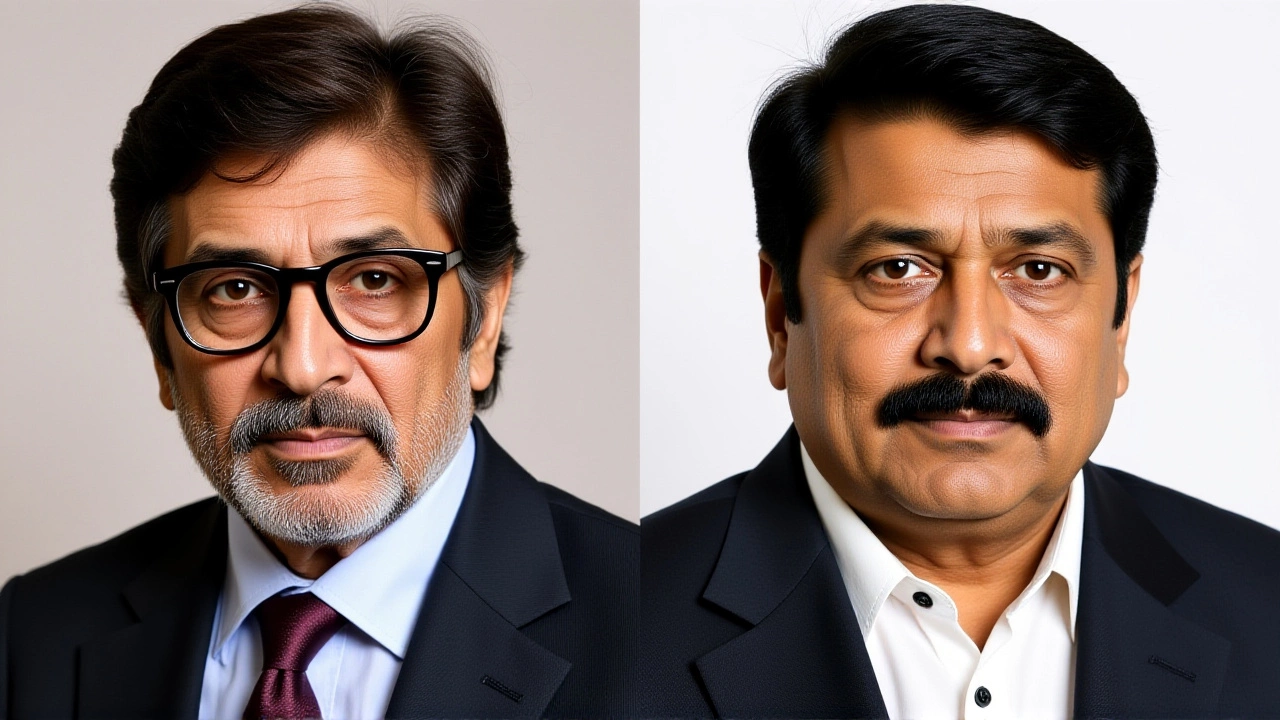Dussehra: The Festival of Victory and Tradition
When talking about Dussehra, a major Hindu festival marking the triumph of good over evil. Also known as Vijayadashami, it caps the ten‑day Navaratri celebrations and often features elaborate processions, fireworks, and community feasts. The core story centers on Rama’s defeat of Ravana, symbolising moral victory and the end of darkness.
Understanding Dussehra means looking at its sibling festival Navaratri, a nine‑night period of worship, dance, and fasting dedicated to the goddess Durga. Navaratri builds the narrative tension that releases on Dussehra, making the two inseparable. The final day, Vijayadashami, is the climax where effigies of Ravana are burnt, signalling the conquest of negativity. This ritual not only reinforces mythic lessons but also unites neighborhoods through shared performance and food.
How Dussehra Shapes Community Life and Even Sports
Beyond temples, Dussehra seeps into everyday activities. Local markets stock special sweets like jagery treats, while street artists stage Ramlila dramas that draw crowds of all ages. In many Indian cities, the festival coincides with major sporting events, especially soccer matches that attract large audiences. For example, the Carabao Cup fixture between Tottenham and Doncaster Rovers often lands on a weekend close to Dussehra, giving fans a double dose of excitement – a high‑stakes game and a cultural celebration.
These overlaps create a unique synergy: stadiums become gathering spots not just for sport but also for cultural expression. Fans may wear traditional attire, chant festival songs, or watch a brief fire‑cracker display before kickoff. This blending illustrates a semantic triple – Dussehra influences local sports events, and those events, in turn, amplify community participation in the festival.
Another related entity is Rama, the heroic prince whose return to Ayodhya marks the heart of Dussehra celebrations. His story inspires themes of bravery that resonate with athletes on the field. Likewise, Ravana, the ten‑headed demon whose defeat is dramatized during Dussehra, serves as a symbolic opponent that players mentally overcome during high‑pressure matches.
From a practical standpoint, organizers often schedule matches to avoid clashing with the peak fireworks hour, ensuring safety and maximizing attendance. This coordination demonstrates another semantic link – Dussehra requires careful event planning, and soccer clubs adapt their calendars accordingly. Fans benefit from a packed weekend of entertainment, while clubs enjoy heightened visibility during a festive period.
Whether you’re watching a live Ramlila, lighting a sparkler, or cheering on a favorite team, Dussehra offers a multi‑layered experience that blends mythology, community, and sport. The posts you’ll find below cover everything from match previews to fan culture, giving you a snapshot of how this festival intersects with the beautiful game. Dive in to see how tradition and football come together during one of the most vibrant times of the year.
Bollywood Stars Light Up Social Media with Dussehra 2025 Wishes
Top Bollywood actors including Sunny Deol, Amitabh Bachchan, Akshay Kumar, Alia Bhatt and Kajol shared Dussehra 2025 greetings, highlighting the festival’s cultural resonance.
Kieran Donovan | Oct, 2 2025 Read More
